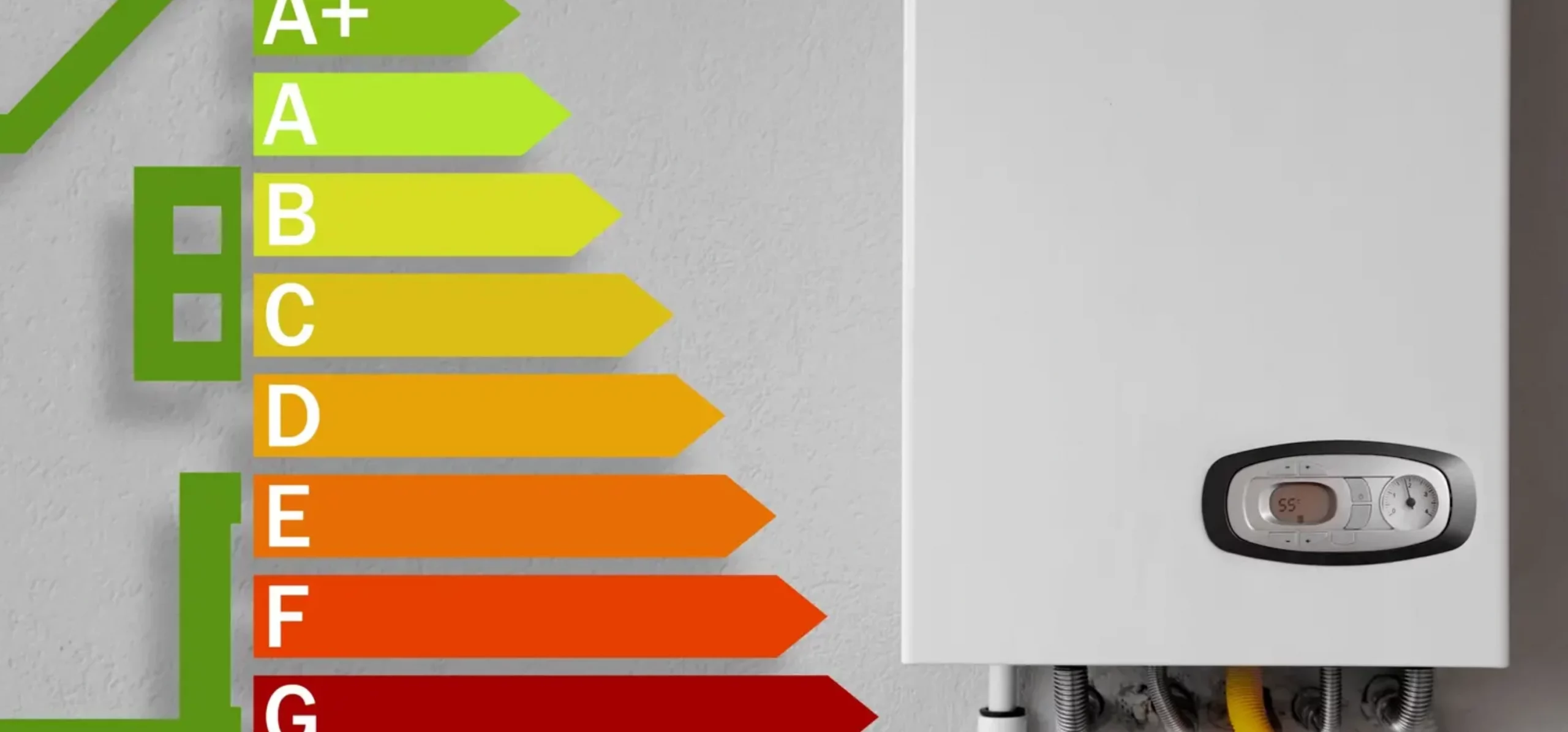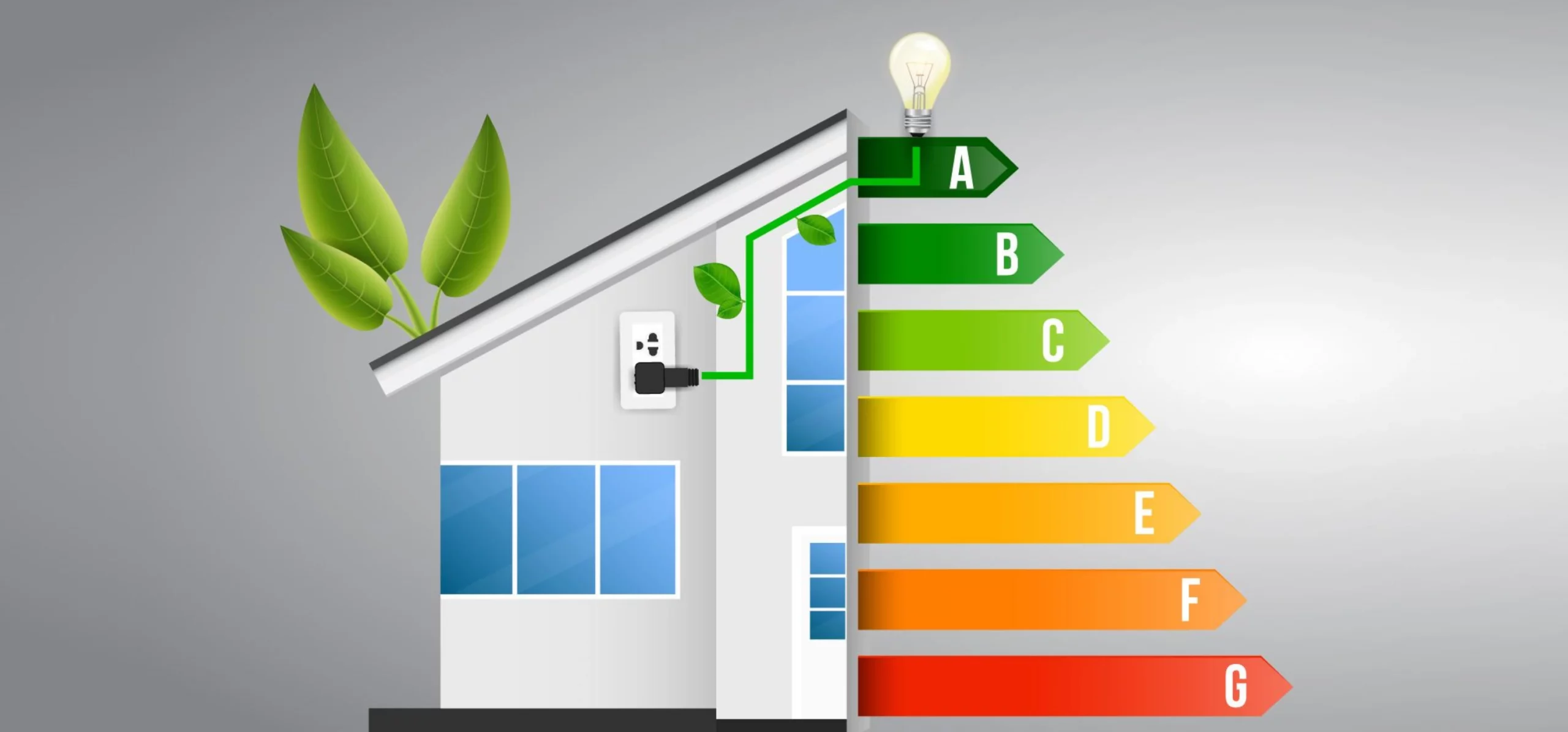Boiler efficiency ratings explained

In the UK, boiler efficiency ratings are a measure of how efficiently a boiler converts fuel into usable heat for your home. The higher the efficiency rating, the more energy-efficient the boiler is, meaning it uses less fuel to produce the same amount of heat. Here’s a breakdown of how boiler efficiency ratings work:
1. Annual Fuel Utilisation Efficiency (AFUE)
The AFUE is the standard metric used to determine a boiler’s efficiency. It is expressed as a percentage, and it indicates how much heat the boiler is able to generate from the fuel it consumes. For example:
90% efficiency means that for every £1 of fuel, 90p worth of heat is produced, and the remaining 10p is lost.
2. Boiler Efficiency Classifications
In the UK, boilers are typically classified into efficiency bands ranging from A to G based on their AFUE ratings. These ratings are set by the Boiler Efficiency Directive (BED) and the European Union’s Energy Labeling scheme. Boilers with higher efficiency are rated in Band A, while less efficient models are rated in Band G.
Here’s a simple guide:
A-rated boilers (90% or above efficiency)
B-rated boilers (86% to 89% efficiency)
C-rated boilers (82% to 85% efficiency)
D-rated boilers (78% to 81% efficiency)
E-rated boilers (74% to 77% efficiency)
F-rated boilers (70% to 73% efficiency)
G-rated boilers (Below 70% efficiency)

3. Types of Boilers and Their Efficiency
Condensing Boilers: These are the most efficient boilers available today, and they are typically A-rated with efficiency levels over 90%. Condensing boilers work by extracting heat from the flue gases that would normally be wasted. This process allows them to achieve higher efficiencies.
Non-condensing Boilers: These are older models that operate at lower efficiencies (typically rated between C and G). They don’t recover as much heat from the flue gases, so more energy is wasted.
4. Seasonal Efficiency
The seasonal efficiency of a boiler takes into account how it performs throughout the year, factoring in different heating demands and seasonal variations. This gives a better overall efficiency figure than a fixed, steady AFUE rating.
5. Energy Labels
In addition to efficiency ratings, boilers in the UK also come with an Energy Efficiency Label that helps consumers understand how energy-efficient a product is. Boilers with an A rating are considered the best for energy savings, whereas G-rated boilers are the least efficient and may need replacing.
6. What Can Affect Boiler Efficiency?
Age of the Boiler: Older boilers tend to be less efficient than newer, more modern models.
Proper Maintenance: Regular servicing ensures your boiler runs efficiently. Dirt or a lack of maintenance can reduce its efficiency.
Size of the Boiler: A boiler that’s too large or too small for your home’s heating needs can lead to inefficiencies.
In summary, the higher the efficiency rating, the less energy is wasted and the lower your fuel bills will be. When choosing a new boiler, opting for a higher-rated model (typically A-rated) will not only help save on energy costs but also reduce environmental impact.
